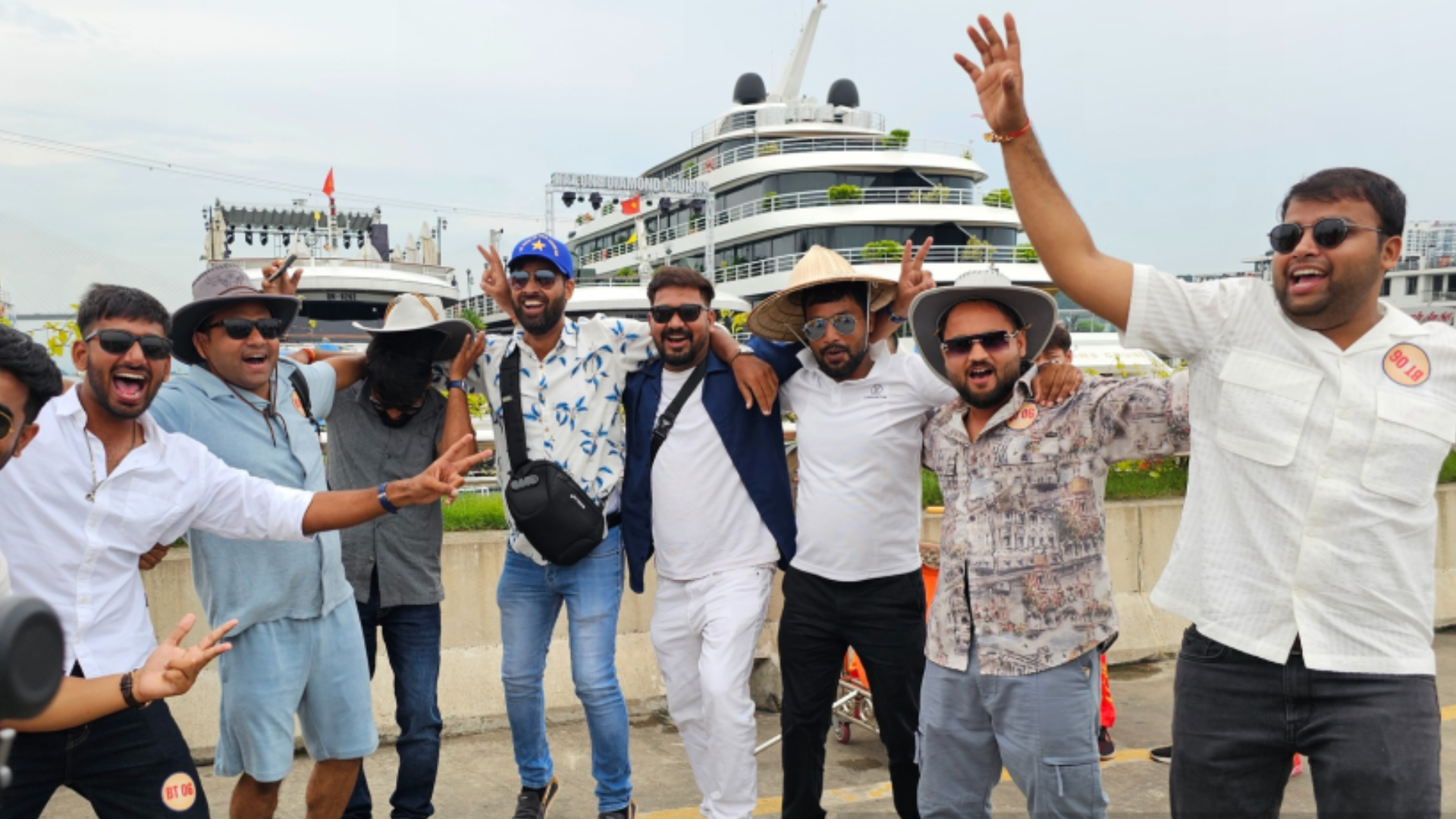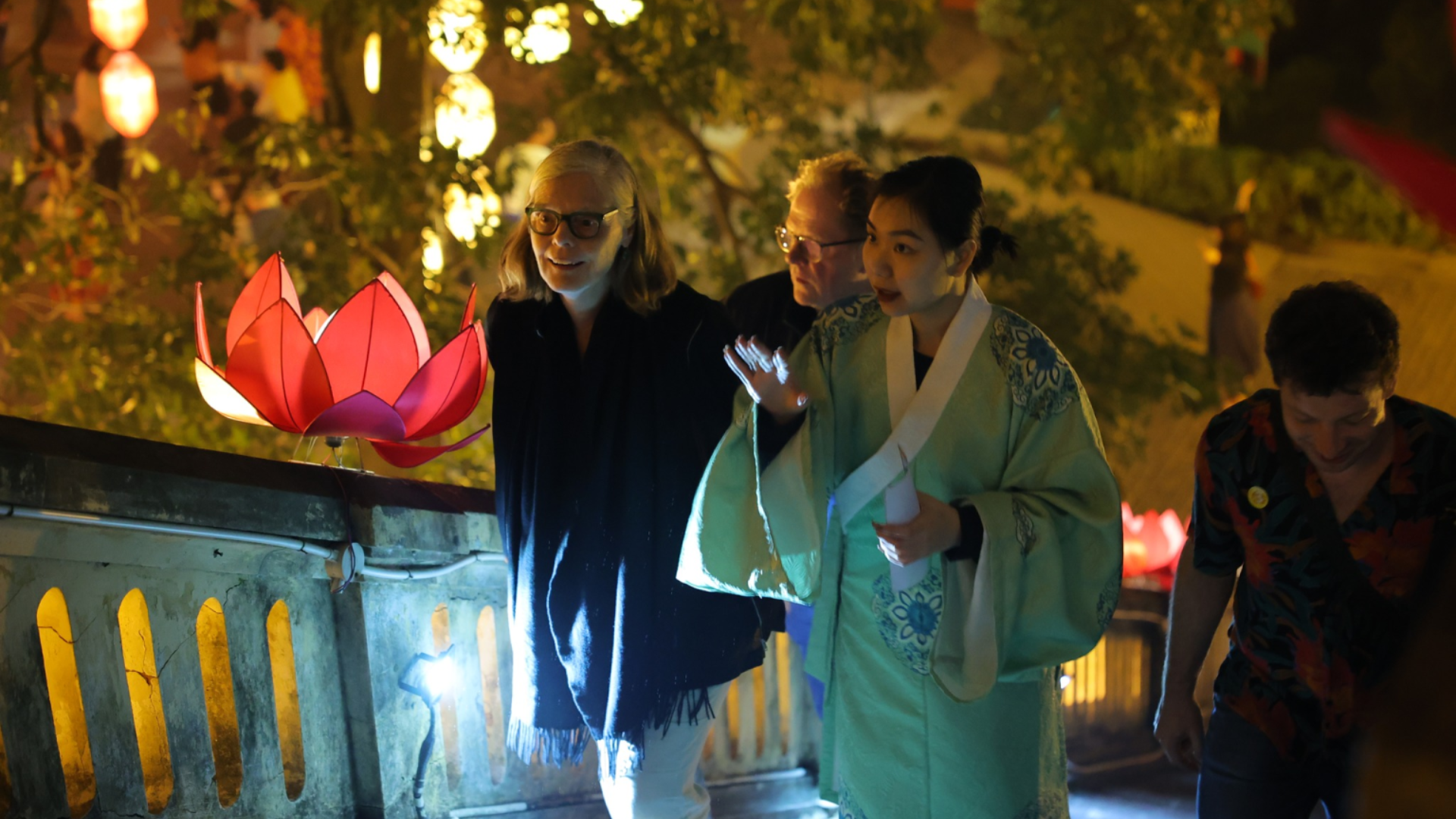The Bat Trang Pottery Museum, located in the historic village of Bat Trang near Hanoi, Vietnam, is a cultural gem that captivates international travelers, especially Indian tourists who cherish art, history, and hands-on experiences. This museum celebrates Vietnam’s centuries-old pottery tradition, offering a unique blend of cultural exploration, artistic inspiration, and interactive activities like crafting your own pottery.
For Indian travelers, a self-guided visit to the Bat Trang Pottery Museum feels like stepping into a vibrant Indian craft village, with its rich heritage and creative energy. Whether you’re an art enthusiast, a family seeking fun, or a solo adventurer, this A-Z guide will help you plan a memorable Ha Long Bay daily tour extension to Bat Trang in 2025, tailored for Indian travelers with cultural connections and practical tips.
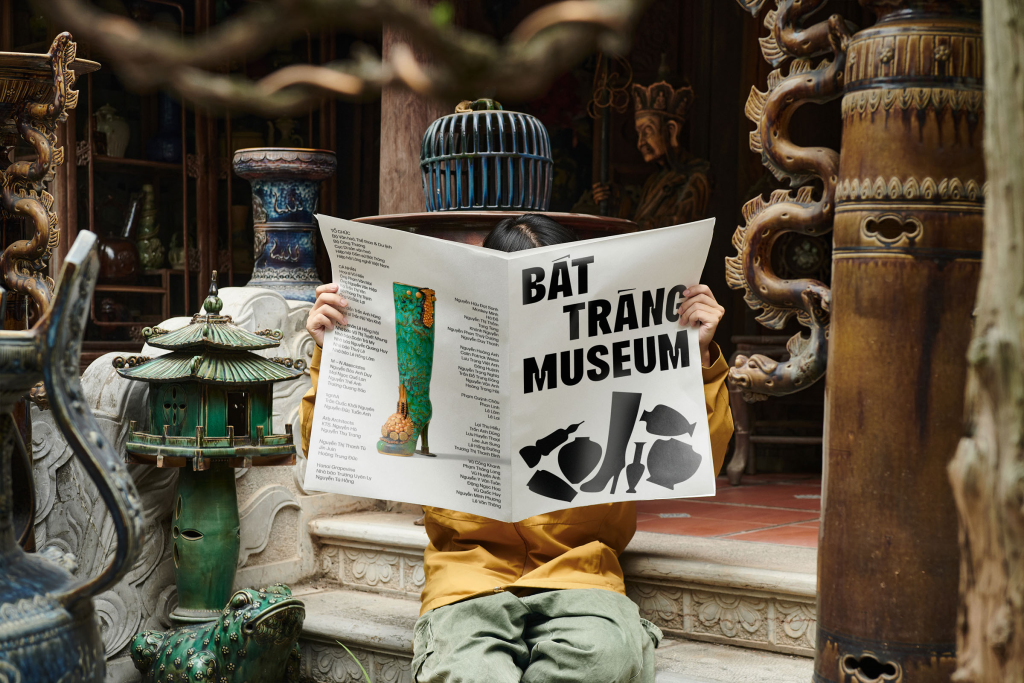
Why Bat Trang Pottery Museum Appeals to Indian Travelers
The Bat Trang Pottery Museum, officially known as the Vietnam Craft Village Essence Center, opened in 2022 and celebrates over 1,000 years of Bat Trang’s pottery-making legacy. Its unique spiral architecture, inspired by the potter’s wheel, and interactive exhibits make it a standout destination for Indian travelers who love art and heritage, much like India’s Khurja ceramics or Gujarat’s terracotta crafts.
The museum’s affordable entry (~₹100-₹200 or 30,000-60,000 VND), hands-on workshops, and proximity to Hanoi (a 30-45 minute drive) make it a budget-friendly addition to a Ha Long Bay daily tour or Hanoi itinerary. Whether you’re traveling with family, friends, or solo, Bat Trang offers a cultural experience that resonates with India’s love for vibrant traditions and creative exploration. Here’s how to plan your self-guided visit with practical tips tailored for Indian tourists.
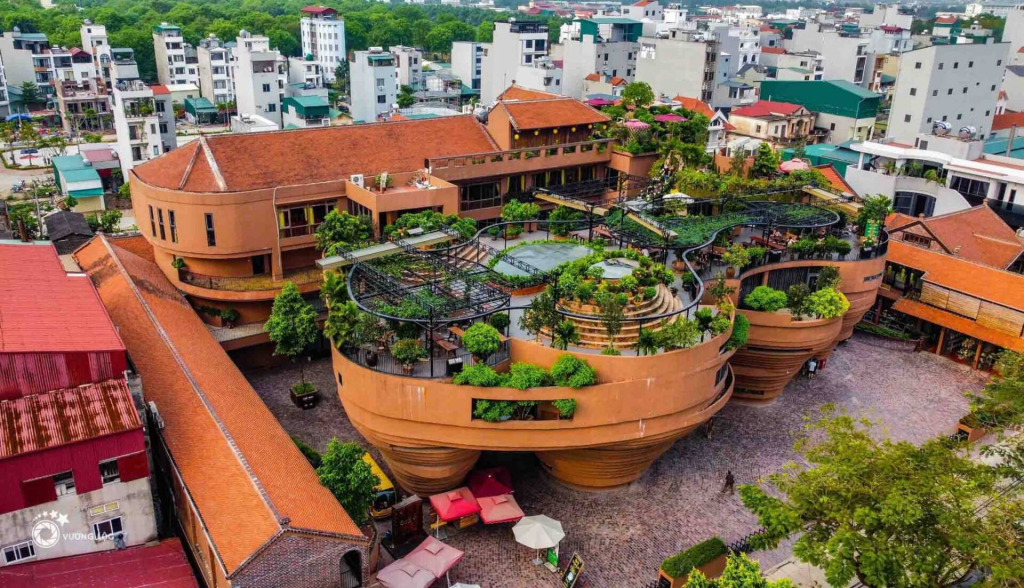
1. Guide to Getting to Bat Trang Pottery Museum
Reaching Bat Trang from Hanoi is straightforward, making it an easy day trip for Indian travelers:
-
- By Taxi or Private Car: A 30-45 minute ride from Hanoi costs ~₹500-₹1,000 round trip. Book via trusted platforms for reliability, similar to booking cabs in India through Ola or Uber.
-
- By Local Bus: Catch a bus from Hanoi’s Long Bien Bus Station to Bat Trang (~₹50-₹100), perfect for budget travelers accustomed to India’s affordable public transport.
-
- By Motorbike: Rent a bike (~₹300/day) for a scenic ride along the Red River, offering a sense of adventure like exploring rural India on a two-wheeler.
-
- Combo with Ha Long Bay: Extend your Ha Long Bay daily tour by adding a morning or afternoon stop at Bat Trang, just 2 hours from Ha Long City.
Tip: Use a map app like Google Maps for navigation, as signage may be limited. Carry some Vietnamese Dong (VND) or INR equivalent for small expenses.
2. Best Time to Visit for Indian Travelers
The ideal time to visit Bat Trang is from October to April, when Hanoi’s weather is cool and pleasant (15-25°C), similar to India’s winter months. This period aligns with Indian holidays like Diwali or Christmas, making it perfect for family or group trips. Avoid June to August due to heat and rain, which can make outdoor exploration less comfortable. Check weather updates before planning to ensure a smooth visit.
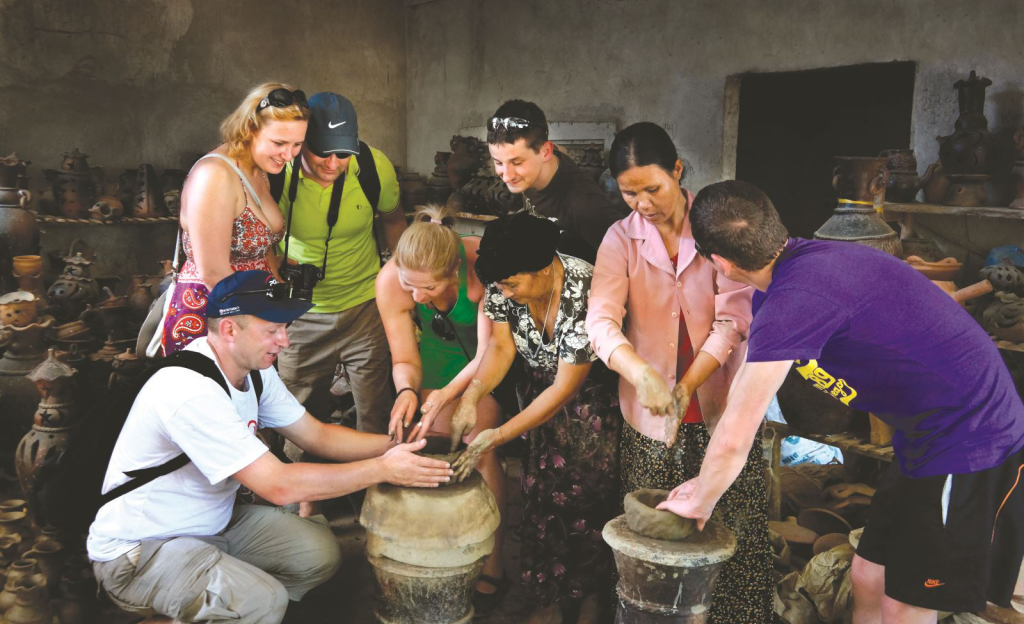
3. Understanding Bat Trang’s Rich Pottery Heritage
Bat Trang village, established in the 11th century during the Ly Dynasty, is one of Vietnam’s oldest pottery hubs. Artisans from Bo Bat (Ninh Binh) settled along the Red River, naming the village “Bat Trang” (Bat = bowls, Trang = workshop) for its ceramic expertise. Historically, Bat Trang pottery adorned royal courts and was exported abroad, much like India’s Blue Pottery from Jaipur. The museum preserves this legacy, showcasing intricate ceramics and offering insights into the craft’s evolution, resonating with Indian travelers who admire the artistry of places like Udaipur or Khurja.
Tip: Indian travelers will feel a cultural connection, as Bat Trang’s dedication to craftsmanship mirrors India’s traditional craft villages.
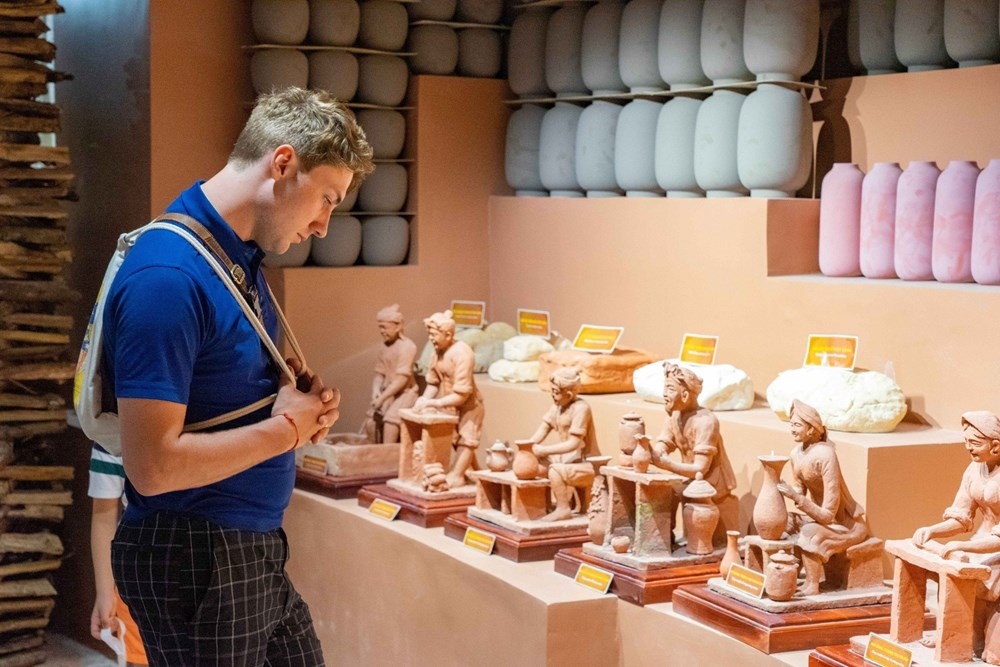
4. Exploring the Museum’s Unique Features
The Bat Trang Pottery Museum is a six-story architectural marvel, designed to resemble a swirling potter’s wheel with seven vortex-like curves crafted from traditional Bat Trang bricks and ceramics. Its robust concrete structure, adorned with handcrafted details, ensures safety and durability while offering a visually stunning experience, akin to India’s intricately designed temples or forts.
Key Areas to Explore:
-
- Ground Floor (Floor 1): A spacious exhibit hall connected to the North Hung River, displaying Bat Trang’s finest pottery, from ancient bowls to modern sculptures. The area hosts cultural events, art fairs, and exhibitions, similar to India’s Surajkund Mela.
-
- Floor 2: A historical journey through Bat Trang’s 1,000-year legacy, with displays of ceramics from the Ly and Tran Dynasties to modern times, akin to India’s National Crafts Museum.
-
- Floor 3: A contemporary art gallery showcasing bold, modern pottery designs, perfect for Indian travelers who appreciate artistic innovation.
-
- Floor 4: A relaxing cafe with scenic Red River views, serving Vietnamese coffee and local snacks like bánh cuốn (rice rolls), similar to Indian stuffed parathas.
-
- Floor 5: A cultural hub for tea ceremonies and folk performances like chèo (traditional opera), evoking the charm of India’s folk festivals.
-
- Floor G: The pottery workshop, where you can create your own ceramic masterpiece.
Tip: Spend 2-3 hours exploring all floors, with extra time for the workshop and cafe.

5. Hands-On Pottery-Making Experience
The highlight for Indian travelers is the pottery-making workshop on Floor G (~₹150-₹200 or 50,000-70,000 VND). Guided by expert artisans, you’ll shape clay on a potter’s wheel, glaze your creation, and take home a unique souvenir. This hands-on activity feels like crafting diyas during Diwali, making it a hit with families, kids, and creative souls.
-
- Process: Prepare clay, shape it, apply glaze, and have it fired by artisans. The process is relaxing and educational, offering a glimpse into Bat Trang’s craft.
-
- Cultural Connection: The experience mirrors India’s pottery traditions, fostering a sense of connection for Indian travelers.
Tip: Kids love this activity, so bring them along. Book workshop slots in advance during peak seasons.
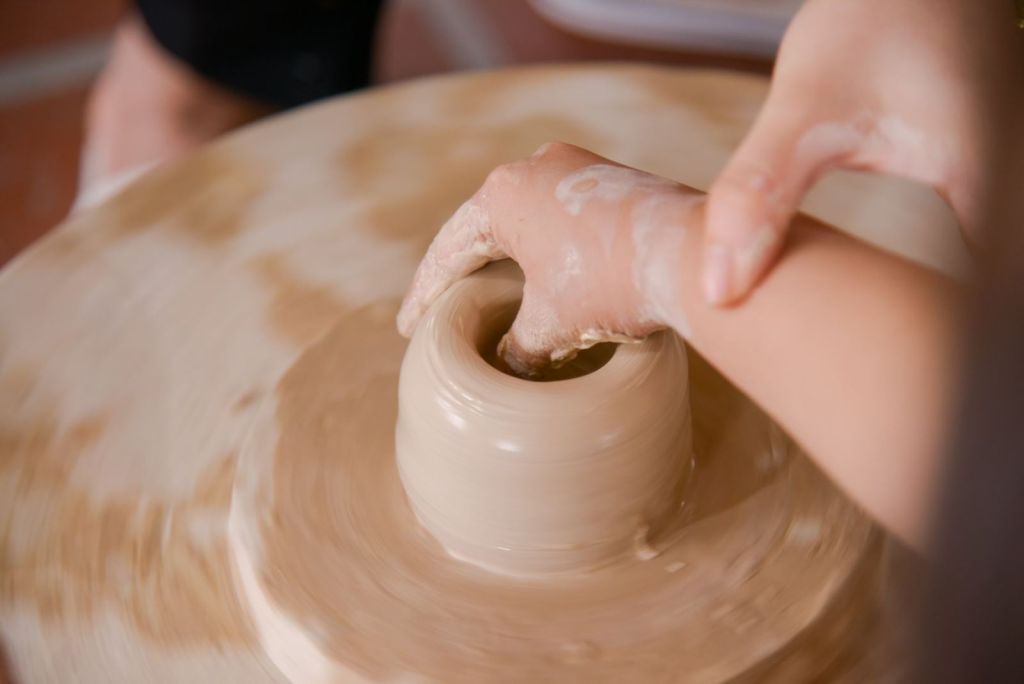
6. Dining and Refreshments
The museum’s Floor 4 cafe offers vegetarian-friendly options like stir-fried vegetables or rice rolls, but Indian travelers may need to request no onion/garlic for Jain diets. Nearby Bat Trang village has restaurants serving Vietnamese dishes (~₹200-₹500), similar to India’s coastal or street food. Carry snacks like khakhra, chivda, or roasted nuts for convenience, especially for kids or dietary restrictions.
Tip: Try Vietnamese coffee, a creamy treat like Indian filter coffee, for a refreshing break.
7. Shopping for Souvenirs
The museum shop and nearby Bat Trang market offer handcrafted pottery like vases, tea sets, and decorative bowls (~₹200-₹1,000), perfect for gifting back home, much like India’s handicrafts from Dilli Haat. Bargain gently at the market, as you would in Indian bazaars, to snag great deals.
Tip: Pack souvenirs carefully to avoid breakage during travel.
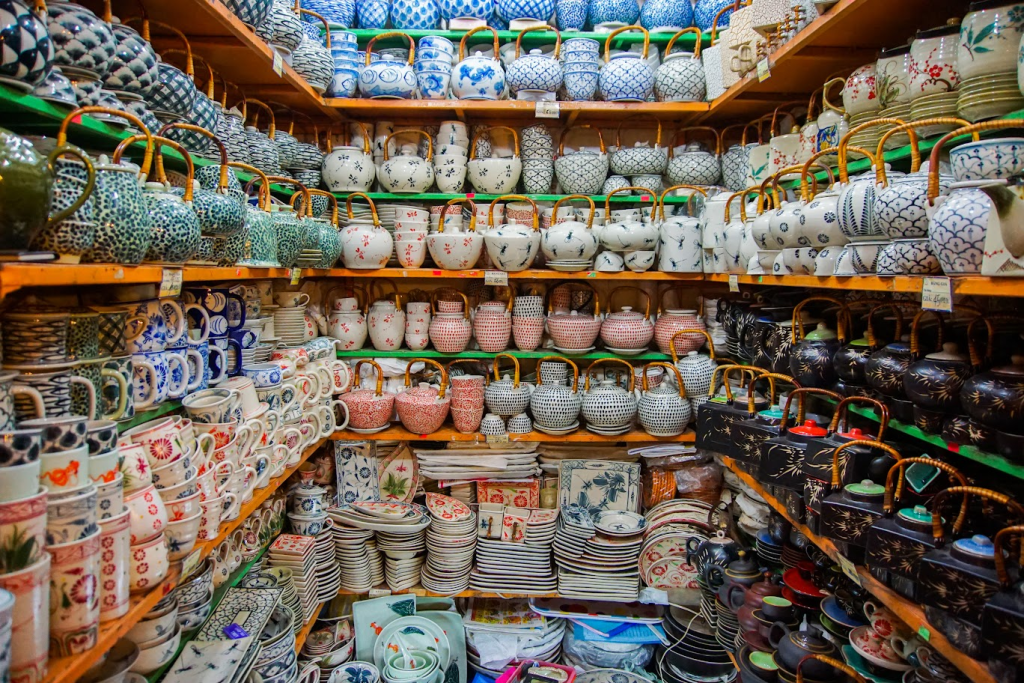
8. Practical Tips for Indian Travelers
-
- Dress Comfortably: Wear lightweight clothing like kurtas or cotton tees, as you’ll be walking and crafting. Bring a shawl for cooler months.
-
- Budget: Entry and workshop fees are affordable (~₹100-₹200). Carry cash (VND or INR equivalent) for small purchases.
-
- Timing: Visit on weekdays to avoid crowds, and allocate 3-4 hours for the museum and village.
-
- Photography: The spiral architecture, pottery displays, and river views are Instagram-worthy, rivaling India’s craft markets. Capture workshop moments for reels.
-
- Safety: The museum is safe, with English-speaking staff and clear signage. Follow workshop guidelines for a smooth experience.
-
- Dietary Needs: Request vegetarian/Jain meals in advance, and carry snacks for convenience.
-
- Connectivity: Book transport or tours via grok.com or x.com for reliability, similar to India’s online travel platforms.
9. Combining with a Ha Long Bay Daily Tour
Bat Trang is a perfect add-on to a Ha Long Bay daily tour, as it’s just 2 hours from Ha Long City. Spend the morning cruising Ha Long Bay’s emerald waters, then head to Bat Trang for an afternoon of cultural exploration. Combo tours (~₹2,000-₹3,000) are available, blending adventure and heritage for Indian travelers.
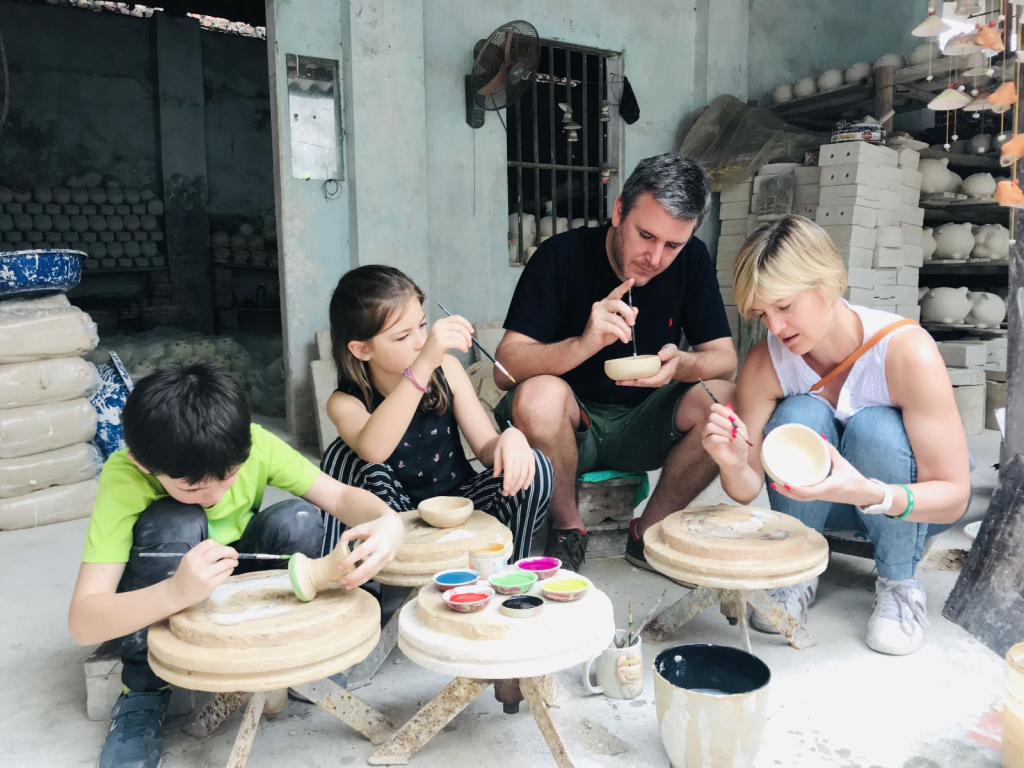
10. Nearby Attractions
Enhance your visit with:
-
- Bat Trang Village Market: Shop for ceramics and watch artisans at work.
-
- Van Phuc Silk Village: Explore another craft hub (~30 minutes away).
-
- Hanoi Old Quarter: Enjoy a cultural evening (~30 minutes away).
The Bat Trang Pottery Museum is a cultural haven for Indian travelers, offering a blend of art, history, and hands-on fun. Whether you’re crafting pottery, exploring exhibits, or sipping coffee with a river view, this destination promises a memorable addition to your Ha Long Bay daily tour. Book transport or combo tours and plan your 2025 trip to immerse in Vietnam’s pottery heritage. Create, explore, and capture the magic of Bat Trang for an unforgettable adventure!




